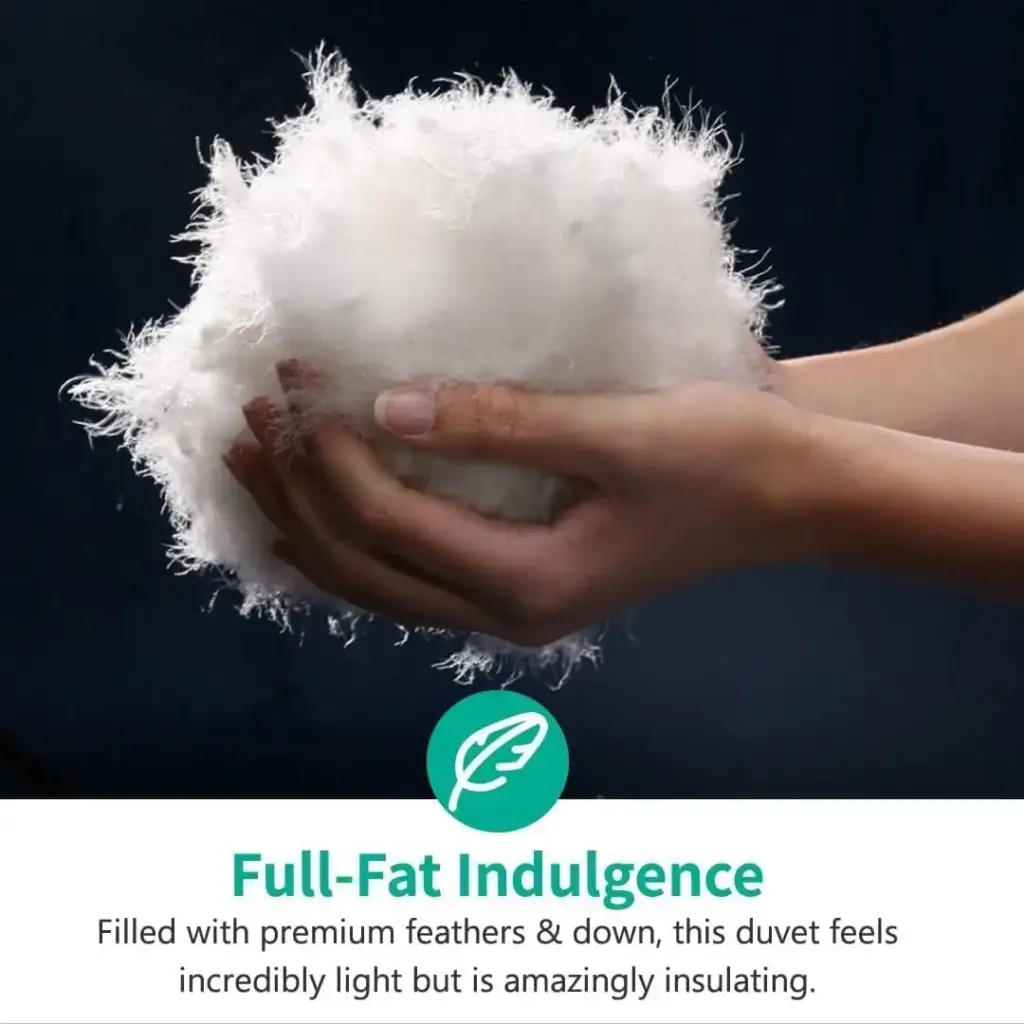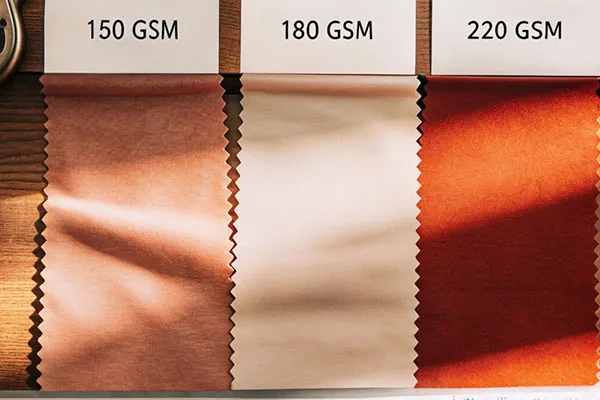In the textile and bedding industry, GSM is more than just a technical term—it is a critical performance indicator that directly impacts product quality, functionality, and customer satisfaction. Understanding GSM helps businesses and buyers alike make informed decisions about fabrics, ensuring the right balance of comfort, durability, and cost-efficiency.
What is GSM?
GSM stands for Grams per Square Meter. It is a unit of measurement that indicates the weight of a fabric over a standardized area. Essentially, GSM reflects the density and thickness of the fabric. The higher the GSM, the heavier and often more durable the material; the lower the GSM, the lighter and more breathable the fabric.
This simple metric provides a reliable benchmark for comparing textiles across applications, from lightweight summer bed sheets to heavy winter blankets.

Why GSM Matters in Fabrics
GSM is more than just a number—it drives both performance and customer perception. Here are key dimensions where GSM plays a decisive role:
1. Durability and Longevity
Higher GSM fabrics typically have denser weaves, translating into enhanced strength and longer lifespan. For hotels or hospitality clients, selecting a higher GSM sheet set ensures resilience against frequent laundering cycles.
2. Comfort and Seasonal Suitability
Lower GSM fabrics (e.g., 100–200 GSM) are light and airy, making them suitable for hot climates or summer collections. Conversely, higher GSM textiles (e.g., 300–600 GSM) provide warmth and a premium, cozy feel, ideal for colder regions or luxury winter offerings.
3. Cost-to-Value Ratio
From a procurement perspective, GSM offers clarity in evaluating pricing structures. Fabrics with higher GSM generally require more raw material, leading to higher costs but also greater perceived value for end-users.
4. Application-Specific Performance
- Bed Sheets: 120–300 GSM for breathability and softness.
- Towels: 400–800 GSM for absorbency and plushness.
- Comforters and Quilts: 300+ GSM fillings for insulation.
This alignment of GSM with use cases ensures businesses deliver products that meet functional expectations.

GSM in the Context of Sustainability
As sustainability becomes central to textile innovation, GSM offers a lens to balance eco-friendly practices with performance. For instance, choosing optimized GSM levels in recycled polyester or bamboo fabrics can reduce resource usage while maintaining durability. Companies that align GSM with sustainable sourcing not only meet regulatory expectations but also strengthen brand reputation.
Final Thoughts
GSM is far more than a technical specification—it is a strategic metric that influences comfort, durability, cost efficiency, and brand positioning in the textile industry. Whether you’re sourcing bedding for a hospitality project or designing a retail collection, a clear understanding of GSM ensures you deliver the right fabric weight for the right purpose.


Leave a Reply